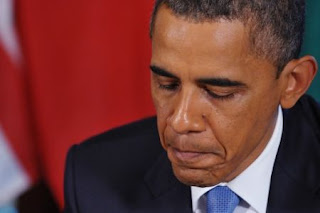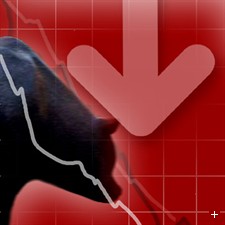The recession was already the deepest since the Great Depression and, while it still pales in comparison, the data help explains why it is taking so long to shake off its legacy. Americans by a large majority believe the United States Phoenix United States
The
The gross public debt comprises two components:
First, Debt held by government accounts, also known as intergovernmental holdings, that is, Treasury securities held in accounts that are administered by the federal government, such as the Social Security Trust Fund.
Second, Debt held by government accounts, also known as intergovernmental holdings, that is, Treasury securities held in accounts that are administered by the federal government, such as the Social Security Trust Fund.
The net public debt increases or decreases as a result of the annual unified budget deficit or surplus. The federal government budget deficit or surplus is the cash difference between government receipts and spending, ignoring intra-governmental transfers. However, there is certain spending (supplemental appropriations) that add to the gross debt but are excluded from the deficit. The deficit is presented on cash rather than an accruals basis, although the accrual deficit provides more information on the longer-term implications of the government's annual operations.
Gross debt has increased by over $500 billion each year since fiscal year (FY) 2003, with increases of $1 trillion in FY2008, $1.9 trillion in FY2009, and $1.7 trillion in FY2010.[3] As of August 3, 2011, the gross debt was $14.34 trillion dollars, of which $9.78 trillion was held by the public and $4.56 trillion was intergovernmental holdings. The annual gross domestic product (GDP) to the end of June 2011 was $15.003 trillion (July 29, 2011 estimate), with gross debt at a ratio of 96% of GDP, and debt held by the public at 65% of GDP.
Together with the budget deficit, the political climate was one of the reasons given by Standard & Poor's to revise the outlook on the US Washington America
The “Great Recession” was even greater than previously thought, and the
An issue in particular is a slowdown in consumer spending. One major source of weakness is consumer spending, which accounts for about 70 percent of the economy. Household purchases adjusted for inflation dropped in June for the third consecutive month -- the first such occurrence outside of a recession since 1959, Consumers are dealing with a labor market that’s gotten weaker, a hit to their wealth through declines in the stock market and just a lot of bad news and uncertainty. Gross domestic product shrank 5.1% from the fourth quarter of 2007 to the second quarter of 2009, compared with the previously reported 4.1% drop, the Commerce Department said last week. The second-worst contraction in the post-World War II era was a 3.7% decline in 1957-58.
Growth in the second quarter slowed to a pace that has typically been followed by a contraction within a year. Household spending fell in June for the third straight month; never in the past five decades “Downside risks to the economic outlook have increased,” according to the Federal Open Market Committee statement after the Aug. 9 meeting. Consumer spending has “flattened out,” the labor market has deteriorated and the expansion is “considerably slower” than expected. Gross domestic product, adjusted for inflation, cooled to a 1.6 percent rate in the second quarter from a year earlier. About 70 percent of the time when the pace has fallen below 2 percent, a slump has followed within a year, according to data since World War II. “When growth slows to less than 2 percent on a year-to-year basis, the economy is simply unable to withstand a major shock or policy mistake."
On the economic front, productivity dropped 0.3% in the second quarter, according to the Labor Department, following a decline of 0.6% in the previous quarter. After the Feb announcement, the
The Outstanding Public Debt as of 15 Aug 2011 at 01:46:50 PM GMT is $ 14,602,354,507,213.91 and is the sum of all outstanding debt owed by the Federal Government. Nearly two-thirds is the public debt, which is owed to the people, businesses and foreign governments who bought Treasury bills, notes and bonds. The rest is owed by the government to itself, and is held as Government Account securities. The estimated population of the
The American debt is the largest in the world. For foreign investors like
The
--> The Social Security Trust Fund took in more revenue through payroll taxes leveraged on Baby Boomers than it needed.
--> Foreign countries increased their holdings of Treasury Bonds as a safe haven, also keeping interest rates low.
Of the total foreign holdings ($4.49 trillion), China owns $1.1 trillion and Japan U.K. owns $300 billion, while Brazil , the oil exporting countries, Hong Kong , Russia and Canada Belgium , Caribbean Banking Centers and Luxembourg
Over the next 20 years, the Social Security funds must be paid back as the Baby Boomers retire. Since this money has been spent, resources need to be identified to repay this loan. That would mean higher taxes, since the high
Many of the foreign holders of
Discouraging economic data continued to show how weak
The bottom line is that the entire negative factor is like driving with the emergency brake on, further slowing the US





No comments:
Post a Comment